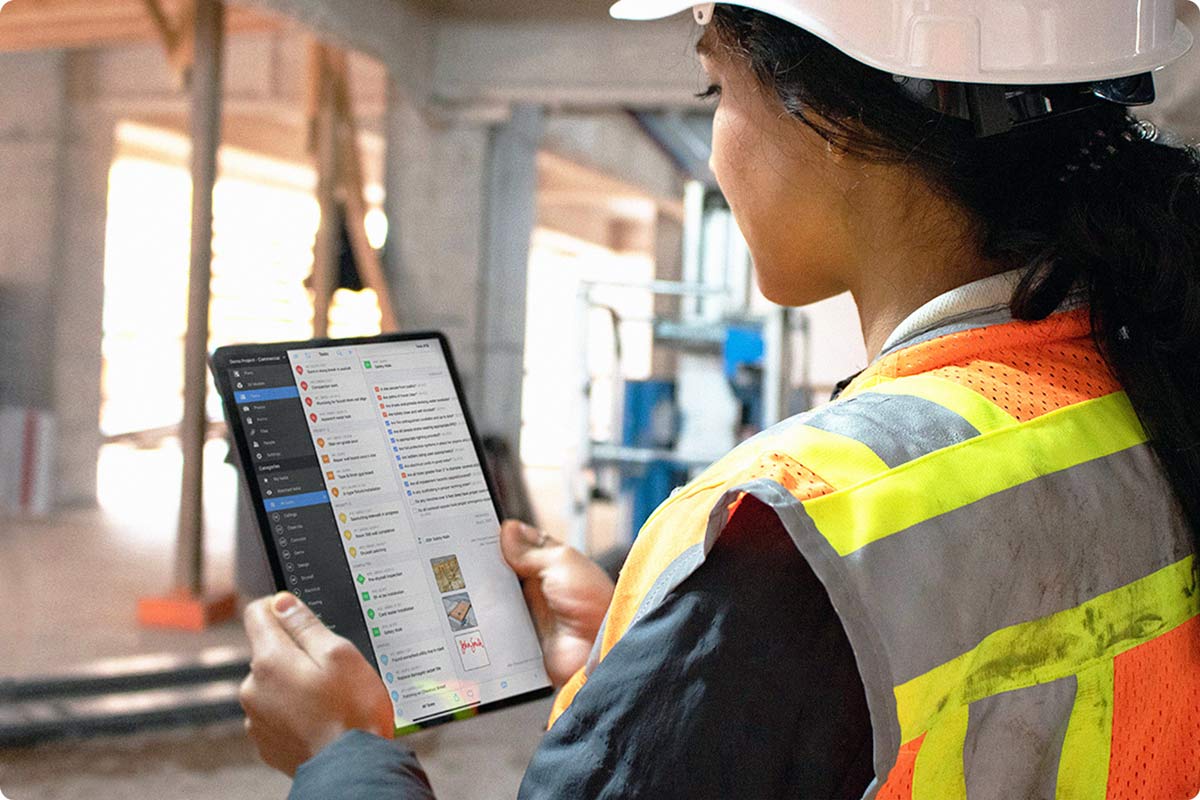Construction Project Management Software: Improve Effectiveness and Partnership
Advanced Building And Construction Management Software Program: Enhancing Efficiency and Cooperation in the Market
In an industry where accuracy and performance are paramount, the assimilation of advanced building and construction management software program has reinvented the way jobs are intended, performed, and checked. The usage of sophisticated technology has not just structured processes however additionally fostered improved cooperation among stakeholders. By providing real-time task tracking abilities, enhanced source allocation functions, and smooth interaction platforms, these software options have actually become important devices for building and construction professionals aiming to raise their efficiency and foster more powerful synergy. The impact of these developments on job end results and sector criteria is undeniable, prompting a shift towards a more tech-savvy and interconnected building landscape.
Benefits of Advanced Construction Software Program
The application of sophisticated building software significantly boosts effectiveness and project end results within the building and construction market. One key benefit of advanced building and construction software application is the ability to simplify job management processes. Through attributes like automated organizing, real-time collaboration devices, and data analytics, task managers can more properly plan, track, and display job progression. This causes better source allocation, lowered delays, and boosted overall task timelines.
In addition, advanced building software program aids enhance communication and cooperation amongst project stakeholders. With streamlined systems for sharing task documents, tracking modifications, and interacting updates, groups can function more cohesively towards typical task objectives. This cultivates better decision-making, decreases the possibility of mistakes, and boosts total project quality.
Moreover, advanced building and construction software program offers insights through data analytics that can assist determine patterns, enhance procedures, and alleviate threats. By leveraging data-driven knowledge, building and construction firms can make even more enlightened choices, adjust to transforming task characteristics, and eventually drive much better job results. Generally, the advantages of sophisticated building software application are important in improving productivity, collaboration, and project success within the construction sector.
Real-Time Task Monitoring Abilities
With the seamless integration of real-time task monitoring abilities, construction groups can effectively keep track of progress, enhance decision-making, and make certain job timelines are satisfied. Real-time project monitoring enables stakeholders to access up-to-date details on different aspects of the construction task, including job conclusion status, source allowance, and prospective traffic jams. This degree of transparency cultivates partnership among staff member, subcontractors, and customers, causing improved interaction and quicker problem resolution.
In addition, real-time job tracking supplies project supervisors with the required information to make educated choices quickly. By having split second access to vital performance indications and job metrics, supervisors can determine concerns early, implement restorative measures, and enhance task workflows. This aggressive method aids in preventing hold-ups, lowering expenses, and inevitably increasing general task effectiveness.

Improved Source Allocation Functions
Making use of advanced resource allowance devices streamlines building job monitoring processes and optimizes workforce effectiveness. These attributes make it possible for job managers to designate jobs, tools, and products with accuracy, ensuring that resources are used successfully (evolve construction). By having a centralized platform that supplies real-time exposure right into source accessibility and needs, building and construction groups can make enlightened choices without delay, staying clear of hold-ups and price overruns
Enhanced source allowance functions likewise facilitate better cooperation amongst staff member. With clear jobs and clear resource distribution, every specific comprehends their role and responsibilities, cultivating team effort and responsibility. This leads to boosted communication and coordination, inevitably improving productivity and task results.

Improved Communication Platforms
Enhancing interaction platforms in building and construction administration software substantially improves task sychronisation and efficiency. By integrating features such as real-time messaging, data sharing, and job projects, teams can work together seamlessly despite their physical locations. With boosted communication systems, stakeholders can receive instantaneous updates, share important papers, and discuss job details without hold-ups, leading to quicker decision-making processes.
In addition, these sophisticated interaction tools permit far better website link transparency and accountability within construction jobs. Staff member can track development, supply responses, and address issues immediately, cultivating a more collective and effective job environment. Furthermore, having actually systematized interaction channels within the building administration software program lowers the risk of miscommunication and makes sure that all employee get on the same page.
Improving Process for Effectiveness
By executing streamlined workflows, construction firms can get rid of bottlenecks, reduce errors, and guarantee that tasks advance efficiently from start to finish. One means to accomplish this is by automating repeated jobs such as job scheduling, source allowance, and development monitoring.
Furthermore, integrating various elements of project monitoring, such as budgeting, paper management, and interaction, advice into a solitary platform can better enhance workflows. This assimilation enables real-time cooperation and data sharing amongst team participants, eliminating the demand for manual information entry and making sure that everyone is dealing with one of the most updated information.

Conclusion
Finally, progressed building monitoring software provides many benefits such as real-time project monitoring, boosted resource allotment, boosted interaction platforms, and streamlined process. These attributes contribute to enhanced efficiency and cooperation within the industry. By utilizing this innovation, building and construction firms can optimize their operations, assign sources better, and help with much better interaction amongst employee. Overall, advanced construction software application plays a vital duty in boosting performance and success in construction projects.